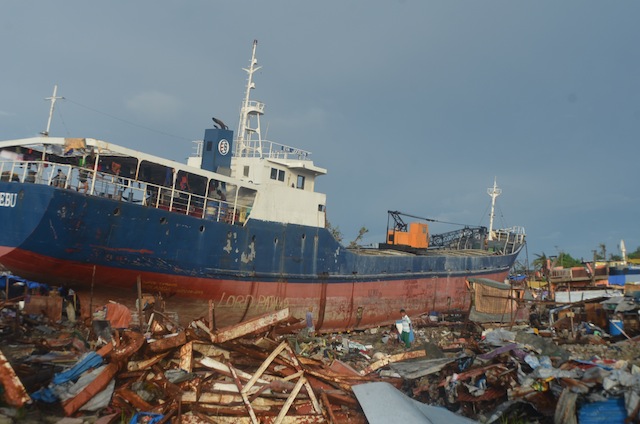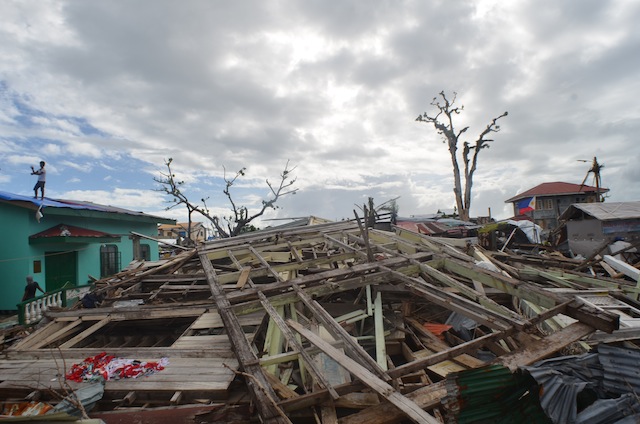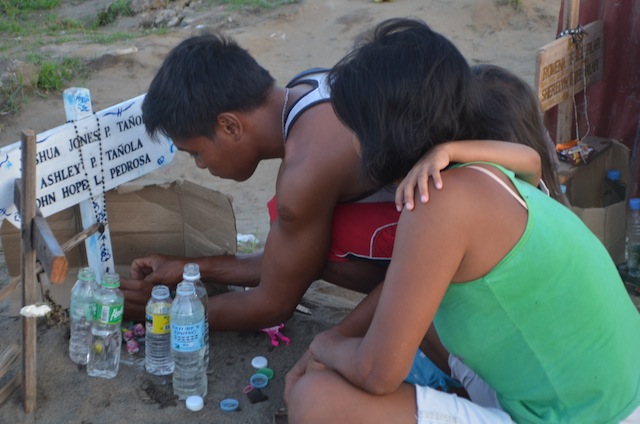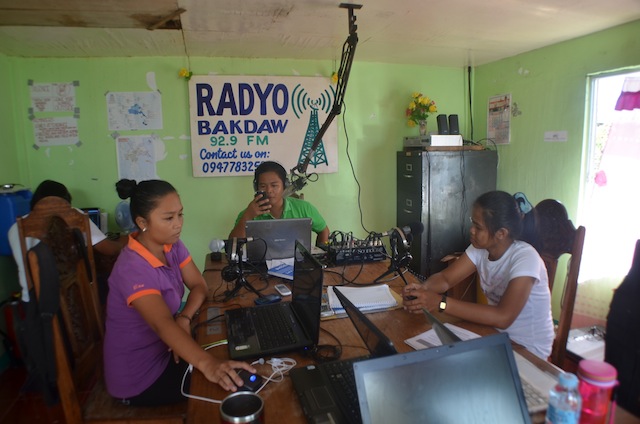(This piece was composed on my way back home after an emotionally and physically exhausting trip to typhoon-devastated Tacloban City and Guiuan in Eastern Samar.)
—

It’s exactly two years ago today, December 17, since Typhoon Sendong hit the cities of Cagayan de Oro and Iligan, and parts of Zamboanga del Norte. Hundreds of people died and thousands were affected as a result of flash flooding. The devastation was overwhelming when the Philippine Network of Environmental Journalists (PNEJ), which I head, visited the most affected areas. I thought I’ve seen enough disasters already. I was wrong.
Last month, Super Typhoon Yolanda (Haiyan) hit central Philippines. It was the strongest typhoon ever recorded in history. The destruction is indeed akin…unimaginable.

For the past three days, some members of the PNEJ visited the most devastated areas of Tacloban City and Guiuan in Eastern Samar. What ran through my head at the sight of the communities is that whatever adaptive measures may be taken, the intensity and frequency of typhoons have worsened. Climate change is a reality and we need to confront this. We need to take care of our environment and our people. Have we learned our lessons? How can we make our country disaster-proof or climate-resilient? Only our government officials know the best answers.
As we travelled to the city from the heavily damaged airport, it felt like we were passing through miles of wasteland. Houses, buildings, gasoline stations, parks, trees, electric posts, and even cars were reduced to rows and rows of waste.

It was unimaginable, indeed. According to the National Disaster Risk Reduction Council (NDRRMC) the death toll is now more than 6,000. Hundreds are still missing and thousands were left homeless, mostly now living in evacuation centers and make-shift tent cities.
It was heartbreaking to hear horrific stories of how the super typhoon destroyed their communities and lives. I felt the immense pain of loss and despair. No enough words to describe the grief of the people who survived.
The monstrous destruction made the national and international humanitarian aid, private sectors and the United Nations jostle to respond to their immediate needs. But up to this point, most of them clamor for food, water, medicine, jobs, and a roof over their heads. They complained of the slow process of distribution of relief goods in their barangays. I hope this would looked into by the local government and Rehabilitation czar Senator Panfilo Lacson.
It’s totally heartbreaking to hear a story from a mother whose two little kids were swept away from her arms by big waves; a story of a son saved by his father who up to now is missing; or a story of a media survivor whose entire family died.

The PNEJ also focused its other mission– that is to assess how the group can help the media survivors of typhoon in Tacloban and Eastern Samar. Many of our colleagues there have continued to bring updates and information to the public while they too are looking for their missing relatives, rebuilding their homes and lives.
Communication is aid, too. In the peninsula island of Guiuan, Internews installed an emergency radio station, Radyo Bakdaw (means to Rise), to provide much-needed news and information to people affected by Typhoon Haiyan. That was a brilliant step to keep the community alive.

Frankly, it was challenging to capture stories and images of destruction while your heart was breaking.
At the short span of time of being there, I think I’ve seen too much. They need our help, our immediate assistance.
Despite the disaster, I saw how strong the people are. They show incredible strength even when aid seems bleak. Somehow, I see hope in the midst of their suffering. I believe that they will rise once more. I believe.
Me and my team left Tacloban City and Eastern Samar with a heavy heart, in disbelief that this could really happen…it could happen to my community, to their communities and to yours too.
As journalists, all we can do is to use the power of our pen, to show in our stories and photographs that there is a dire need to prepare for the worst disasters to come and to warn our public officials to urgently take climate action, to allot a huge climate or disaster fund as well as seriously implement disaster risk reduction management and urban planning.
Christmas is just around the corner. I hope that we remember the survivors of Super Typhoon Yolanda as we celebrate the spirit of Christmas.
For now, let’s all find time to look back, reflect, and help find new hope for the Filipino people.
—-
Imelda V. Abano is the President of PNEJ. This trip was funded in part by donations generated through the global giving crowd funding campaign.
